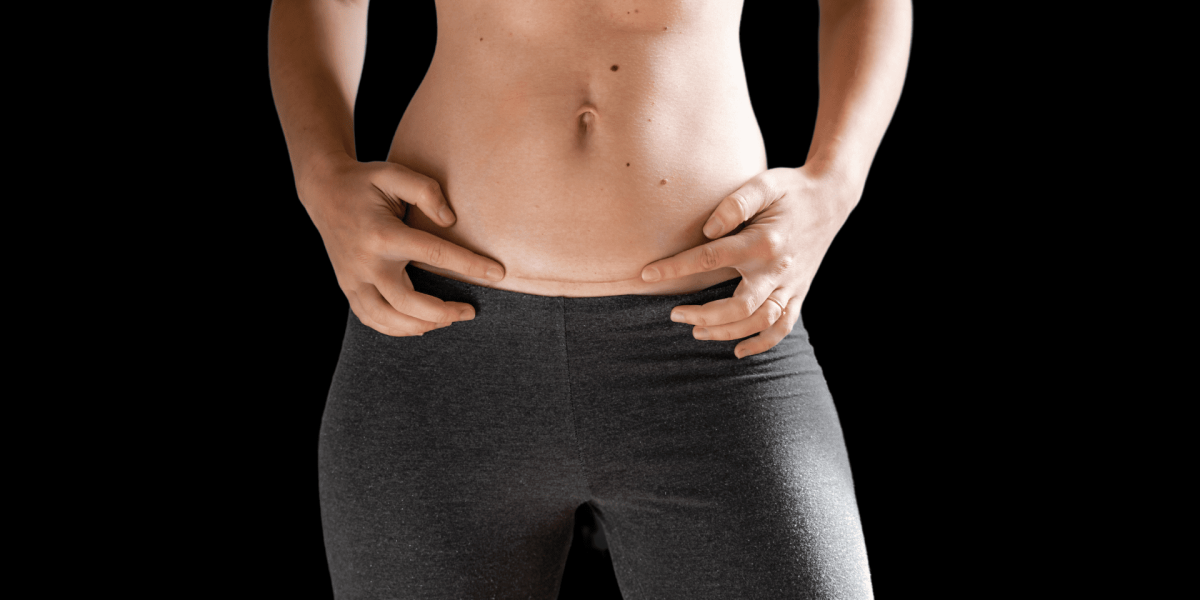Liposuction has long been a go-to solution for individuals looking to remove stubborn fat deposits that resist diet and exercise. Over time, advancements in technology have introduced new variations of the procedure, including laser liposuction. While both laser liposuction and traditional liposuction aim to sculpt the body by eliminating fat, the methods and experiences associated with each differ significantly. Understanding these differences can help individuals make informed choices based on their body goals, recovery preferences, and comfort levels.
Procedure Overview: How They Work
Traditional liposuction involves making small incisions through which a cannula is inserted to manually break up and suction out fat cells. This technique requires physical manipulation to dislodge fat, which can be more invasive. In contrast, Laser Liposuction in Dubai (شفط الدهون بالليزر في دبي) uses laser energy delivered through a small fiber to liquefy fat cells before removal. The fat is then either suctioned out or naturally metabolized by the body over time. The laser also stimulates collagen production, which may contribute to skin tightening after the procedure.
Invasiveness and Recovery Time:
One of the key distinctions lies in the level of invasiveness. Traditional liposuction is more aggressive, often requiring general anesthesia and a longer recovery period. Patients may experience swelling, bruising, and discomfort that can persist for weeks. Laser liposuction, being less invasive, generally results in reduced swelling and bruising. This can lead to a shorter recovery time, allowing patients to resume normal activities more quickly. However, recovery experiences vary depending on the treatment area and individual healing capacity.
Results and Skin Tightening Benefits:
While both methods effectively remove fat, laser liposuction offers an added benefit—skin tightening. The heat generated by the laser promotes collagen production, which can lead to firmer, smoother skin over time. Traditional liposuction, though effective in fat removal, does not offer the same degree of skin tightening. In cases where significant skin laxity exists, additional procedures may be necessary following traditional liposuction to address loose or sagging skin.
Areas of Application and Precision:
Laser liposuction is especially useful for treating smaller, more delicate areas such as the chin, neck, arms, and inner thighs. Its ability to precisely target fat makes it suitable for fine sculpting. Traditional liposuction is often chosen for larger areas like the abdomen, back, and flanks, where greater volumes of fat need to be removed. While both techniques can be customized, the fine control offered by laser liposuction may appeal to those seeking more detailed body contouring.
Risks and Side Effects:
Both procedures carry risks, including infection, fluid accumulation, and uneven results. However, the likelihood and severity of these risks can differ. Traditional liposuction, due to its invasive nature, may pose a higher chance of complications such as blood loss, deeper bruising, or extended numbness. Laser liposuction, while generally safer in terms of tissue trauma, can still lead to burns or thermal damage if not performed correctly. In either case, proper post-procedure care and following guidelines are essential for safe outcomes.
Long-Term Effectiveness and Lifestyle Considerations:
The results from both laser and traditional liposuction can be long-lasting, especially when paired with a healthy lifestyle. Neither procedure is a substitute for weight loss but rather a contouring tool to refine specific areas. Maintaining a stable weight through balanced nutrition and regular exercise is key to preserving results. While laser liposuction may offer quicker visible improvements due to skin tightening, traditional liposuction may be more effective in removing larger fat volumes in a single session.
Conclusion:
Traditional and Laser Liposuction in Dubai (شفط الدهون بالليزر) each offer unique advantages and limitations. The choice between them often depends on individual goals, the area of the body being treated, and recovery expectations. By understanding how the two techniques differ in procedure, recovery, precision, and outcomes, individuals can make decisions that align with their personal health and aesthetic goals.












